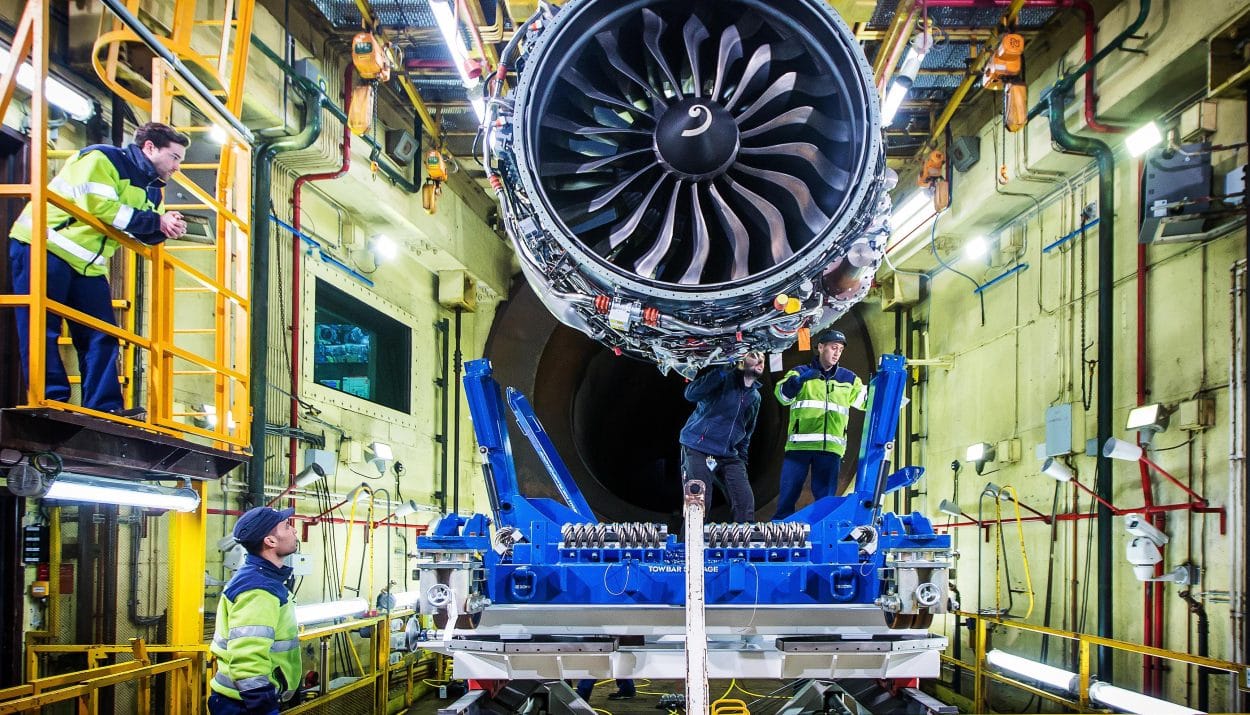The Moroccan aeronautical industry has solid fundamentals and significant growth potential. The sector recorded record exports of more than 5.8 billion dirhams in the first quarter of 2024.
The Moroccan aeronautical industry continues its upward trajectory, showing remarkable resilience in the face of the global sector's turbulence. The figures recently published by the Office of Exchange testify to this dynamic: the sector's exports recorded a record in the first four months of 2024, exceeding 5.8 billion dirhams. This performance is part of sustained growth. In 2023, the sector surpassed the symbolic threshold of 20 billion dirhams in exports, generating more than 20,000 direct jobs. With 142 companies, it now stands as a pillar of the national economy, contributing 2.5% to the industrial GDP.
Several factors explain this success. Morocco benefits from a strategic geographical position at the crossroads of continents, making it a preferred logistics platform for international players. The political and macroeconomic stability of the country, as well as its attractive regulatory framework, are also important advantages. Furthermore, the Kingdom has implemented a determined policy to develop its aeronautical industry. The Industrial Acceleration Plan 2021-2025 specifically aims to strengthen local integration, stimulate innovation, and train a skilled workforce. Currently, the local integration rate stands at 43%, a figure that demonstrates the maturity of the Moroccan industry and its capacity to produce added value in the national territory.
A complete and integrated value chain
Morocco has managed to develop a complete aeronautical value chain, from design to maintenance, including the manufacturing of parts and the assembly of aircraft. Moroccan companies have specialized in advanced areas such as electrical wiring, precision mechanics, composite materials, and embedded electronics. This expertise is recognized by major global contractors, such as Boeing, Airbus, Bombardier, and Safran, which have set up factories and engineering centers in Morocco. The country has become an essential supplier to the global aeronautical industry, thanks to the quality of its products and its ability to meet the demands of international clients.
Despite these successes, the Moroccan aeronautical sector must face several challenges. The health crisis caused a drastic drop in air traffic, affecting the activity of companies in the sector. International competition is also becoming increasingly intense, especially from Southeast Asian countries. To maintain its competitiveness, Morocco must continue its efforts in training, innovation, and sustainable development. It must also strengthen its cooperation with other African countries to create an integrated regional market. The goal of increasing the local integration rate to 50% by 2025 is a key lever to achieve these objectives. Despite the current turbulence, the future of the Moroccan aeronautical industry is promising.
The sector has solid fundamentals and significant growth potential. Development prospects are numerous, particularly in the fields of aircraft maintenance, logistics, and training. Morocco aims to become a regional leader in aeronautics, leveraging its advantages and facing the challenges ahead. The country has all the cards in hand to achieve this ambition, focusing on innovation, training, local integration, and international cooperation.
Article source:finances news hebdo






